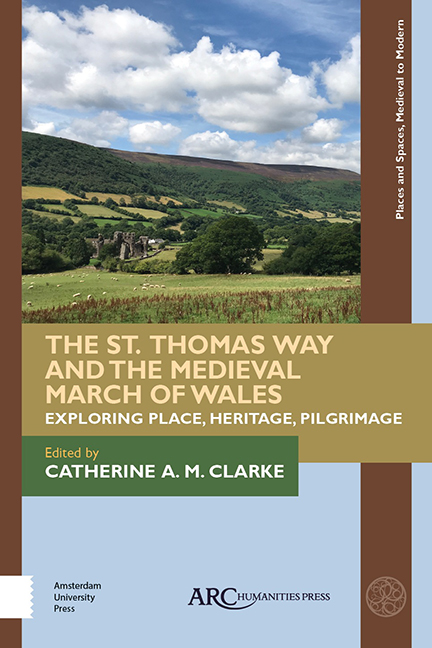Chapter 5 - Heritage Soundscapes: Contexts and Ethics of Curatorial Expression
Published online by Cambridge University Press: 20 November 2020
Summary
Introduction
Museums and heritage interpretation practice are mainly focused on the visual, a tradition that stems from the nineteenth century, when the display structure around which museums were constructed and exhibitions curated was first developed, resulting in experiences that were reliant on the sense of vision, even though (curiously enough) that was not the case in earlier periods. Bennett explains how Renaissance cabinets of curiosities were not governed by sight, but were framed instead as opportunities to open up conversations on the items on display. Speaking and listening as well as seeing were key to the experience. It is not just the public exhibition of heritage that has been focused on vision but also the language used in research, with its use of terms such as mapping, framing, visualizing, representing, focusing, and shedding light, among others.
The implementation of multisensory museum experiences has been growing in popularity, including the utilization of sound elements. However, there has not been a systematic critical reflection on the different ways in which sound can be integrated within historical sites and what the implications of different forms of integration are, both from the perspectives of production and consumption, as well as in terms of ethical considerations and overall historical value. Such reflections sit within the remit of sensory history, a field that considers the roles of the senses in past cultures and societies, and how they have shaped people's experiences and their understanding of the world. Fields such as sensory archaeology and archaeology of the senses have similarly introduced such considerations within archaeological studies and will provide the theoretical framework for the discussion of sound in heritage sites presented in this chapter, which takes the reader on a journey from the St. Thomas Way through what it means to study past soundscapes, how sound has been used in a variety of ways in connection to heritage sites, and what the potential and drawbacks of those different uses are.
The senses, as Mark Smith reminds us, are not universal; they are historical, contextspecific, and linked to a particular time and place. The act of hearing, for example, is not just physiological, it is also cultural, and the associations created, for example, when certain sounds are heard are linked to cultural values within a particular society.
- Type
- Chapter
- Information
- The St. Thomas Way and the Medieval March of WalesExploring Place, Heritage, Pilgrimage, pp. 103 - 120Publisher: Amsterdam University PressPrint publication year: 2020



